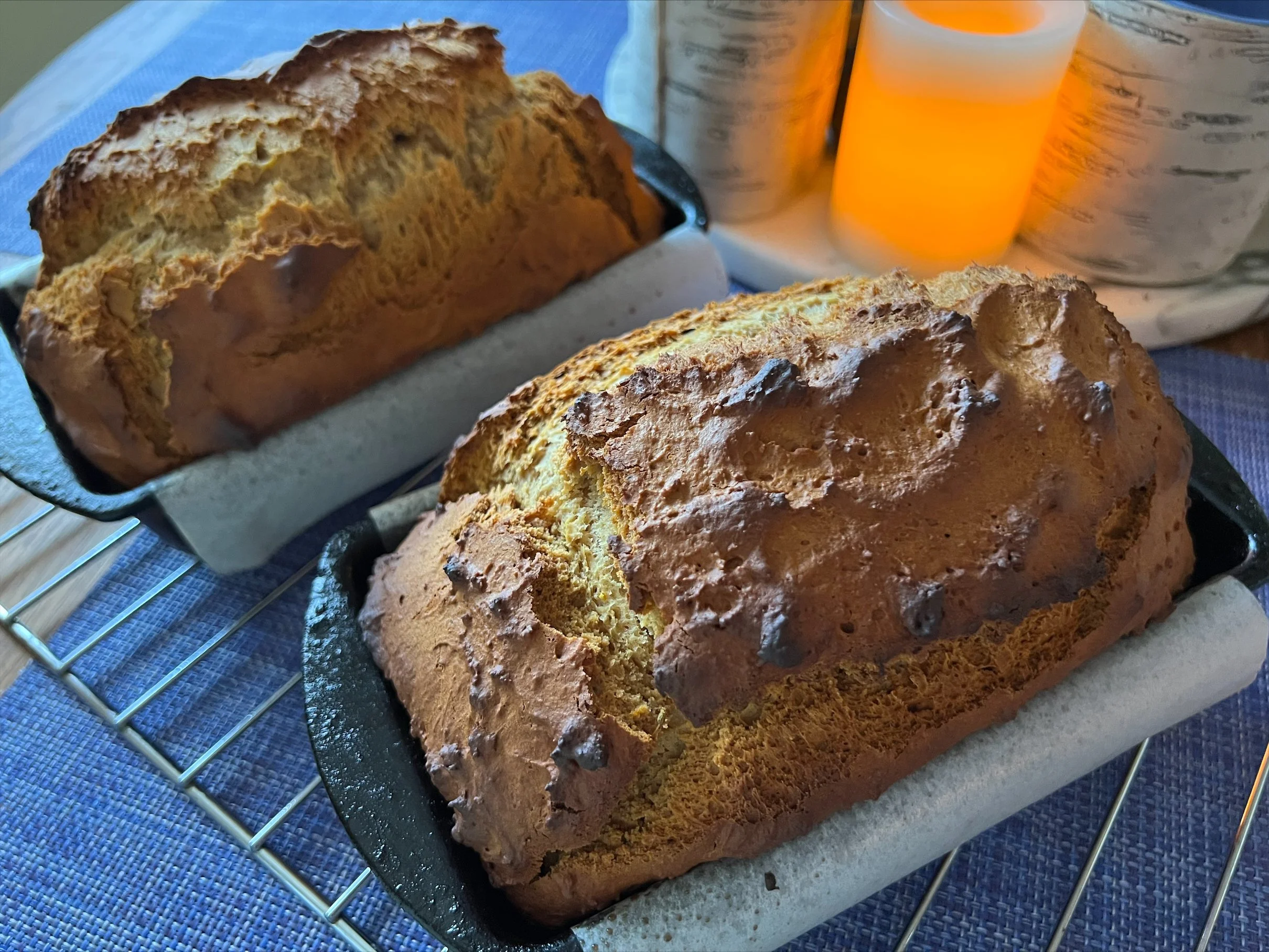Professor Butter Beard and Jean Clouet’s “Portrait of François I”
“Goethe has already spoken of the French people as draftsmen par excellence, and one might also say that painting is to France what music is to Germany.” – Jacques-Émile Blanche
I spent the weekend in France. Well, in 16th century France. And, well, actually, from my desk in New Jersey. But I certainly enjoyed the conversations with François, Jean, Mr. Calvin and even my friend, Leonardo da Vinci. This semester, the university requested I teach a course that I hadn’t visited in a number of years. I now spend my weekends re-writing all my lectures, deeply submerged in the Renaissance for hours at a time, and I am loving it.
This weekend, I joined the journey of the Italian Renaissance as it migrated throughout Europe. François I succeeded his cousin Louis XII as king of France in 1515. He arrived with an enthusiasm for all things Italian and initiated his plans to “modernize” the French court by acquiring the versatile talents of Leonardo da Vinci, who had moved to France in 1516. Officially, Leonardo was there to advise the king on royal architectural projects and, as the king reportedly said, for the pleasure of his conversation. But I also have an inkling that the master also whispered a few choice tidbits into the King’s ear concerning certain sculptors and painters.
One of these whispers may have been the suggestion to appoint Jean Clouet as “Court Painter.” Clouet is recorded as living in Tours in 1522, and there is a reference to his wife's residence in the same town in 1523. In that year Clouet was awarded the position of “Groom of the Chamber” by the King, with a stipend at first of 180 livres and later of 240. Clouet graduated to the principal court painter in 1527, and he immediately accepted the commission to complete a series of official portraits of the king and the royal family.
A portrait drawing on paper signed by Clouet (now within the Chantilly collection) offers an insight into his working method, indicating that he would sketch the king from life and use the resulting drawing as a model for the final painting. The immediate reviews of the finished oil painting were not all kind. The king’s voluminous overgarment looks like it is about to burst out of the picture frame. By contrast, his royal head seems rather small but still captivates with its realism and penetrating gaze. While the facial features in this portrait correspond exactly to the Chantilly drawing, scholars now believe the sumptuous court costume has been freely added by the artist, which may explain the strange discrepancy between the two parts.
The portrait shows the king at around thirty-five years old, at the height of his influential power, and features his recognizable thin bright eyes, long nose and manicured mustache. François’ elaborate and puffy sleaves broaden his shoulders to fill the entire width of the panel, much like the French Renaissance parade armor that turned scrawny peasants into Goliath-size giants. But where you can really admire the talents of the court painter is when you take in the realistic rendering of the gorgeous silks, satins, velvets, and gold embroidery. Even the medal of the Order of St. Michael (whose grand master was François) is perfectly captured and must have been painted directly from the original.
Another personal favorite of mine is Clouet’s painting of Marguerite d'Angoulême, the king’s sister, completed as part of the series of royal portraits. And recently, the Louvre received the generous gift of another portrait of François I, this time in the guise of St. John the Baptist, which was also most likely painted by Clouet using the original sketch of the king’s face and taking a few liberties with the costuming and time period, almost like re-dressing a Renaissance paper doll.
My journey through 16th century France contributed to a craving for a toasted slice of a freshly baked Pain d’Epices, slathered with warm butter and accompanied with a cup of honey-laced tea. This traditional French bread/cake is baked using a combination of white and dark rye flours. Sweetened with your best honey, it dances on your palate with cinnamon, ginger, nutmeg, clove, black peppercorns and whole anise seeds. Treat yourself and bake two loaves. The aroma that will fill your home as they bake just might entice you to call you travel agent immediately.
Pain d’Epices
One loaf – adapted from Flo Braker’s version
3 ½ cups all-purpose flour
½ cup dark rye flour (I use Bob’s Red Mill)
2 ½ tsp baking soda
1 ½ tsp ground cinnamon
1 ½ tsp ground ginger
½ tsp fine sea salt
¼ tsp freshly grated nutmeg
¼ tsp freshly ground cloves
¼ tsp freshly ground black peppercorns
½ tsp anise seeds, whole
4 Tbsp unsalted butter, room temperature
1 large egg, room temperature
1 cup of your best honey
Grated zest of one orange
1 cup room temperature water
1) Preheat your oven to 350 degrees. Spray your loaf pan with cooking spray and then line with parchment.
2) Sift, or whisk, together the two flours, baking soda, salt and spices. Stir in the anise seeds. Set aside.
3) In a standing mixer with the paddle attachment, mix together the butter, egg, honey and orange zest.
4) On low, add the water and then the dry mix in three additions. Be sure to scrape the sides of the bowl to ensure all ingredients are mixed fully.
5) Transfer the batter to the loaf pan and bake for roughly 60 minutes, until a wooden skewer comes out clean.
6) Cool in the pan on a wire rack for 10 minutes before tipping the loaf out of the pan. Cool completely before slicing.

